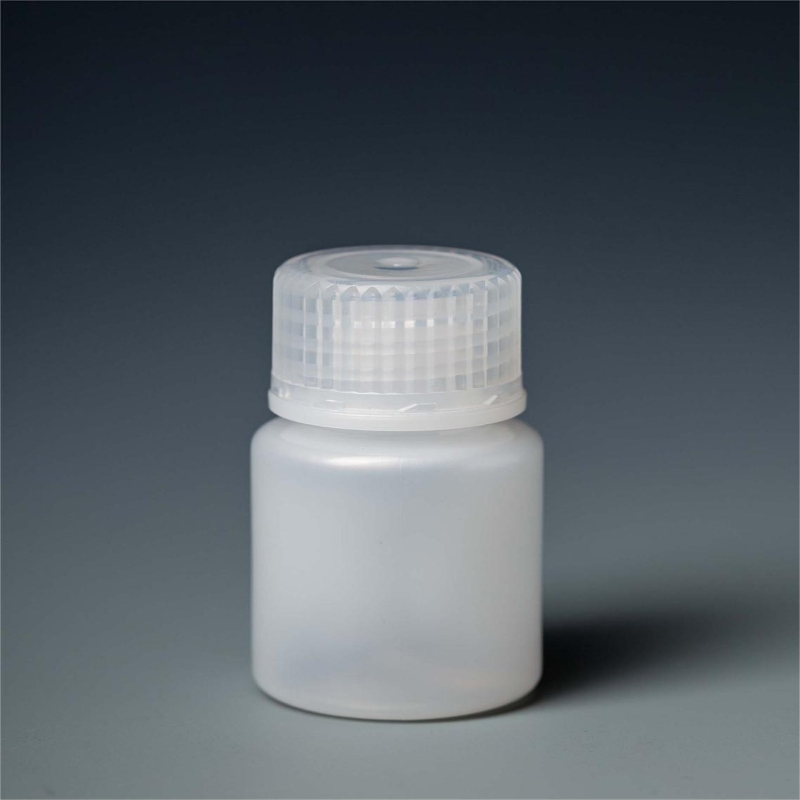-
Categories
-
Pharmaceutical Intermediates
-
Active Pharmaceutical Ingredients
-
Food Additives
- Industrial Coatings
- Agrochemicals
- Dyes and Pigments
- Surfactant
- Flavors and Fragrances
- Chemical Reagents
- Catalyst and Auxiliary
- Natural Products
- Inorganic Chemistry
-
Organic Chemistry
-
Biochemical Engineering
- Analytical Chemistry
-
Cosmetic Ingredient
- Water Treatment Chemical
-
Pharmaceutical Intermediates
Promotion
ECHEMI Mall
Wholesale
Weekly Price
Exhibition
News
-
Trade Service
March 9th, 2021 // - Recently, in a research report published in the international journal Science , scientists from Yale University and other institutions have combined the liver with humanized growth factors to improve The production and survival rate of human red blood cells circulating in the host body of immunodeficiency mice.
This finding is expected to help develop new therapies for the treatment of blood diseases threatening human life, such as myelodysplastic syndrome and red blood cell-related diseases (including sickle Cell disease and malaria, etc.
).
Yuanbin Song, MD, said that human red blood cell diseases such as thalassemia and sickle cell disease affect the health of approximately 5% of the world’s population.
Our findings highlight the complex relationship between red blood cells and liver in this newly developed model.
Unique potential in disease, such as malaria, etc.
Image source: Yale University
Researchers have developed a MISTRG mouse model in the laboratory, which has human growth factors and an immune system similar to the human body.
Through the analysis of the fate of human red blood cells in this mouse model, the results show that the mouse’s The liver may become a major site where red blood cells are detained and destroyed.
Excluding the Fah (fumarylacetoacetate hydrolase) gene from MISTRG mice may encourage researchers to use human liver cells to replace their counterparts in mice.
Cells, and can save the human red blood cells circulating in the body.
As the most common cell type in the body, human red blood cells tend to undergo the most intense and strict genetic selection through human evolution, and its destructive consequences will place a heavy burden on many populations and healthcare systems.
Finally, the researcher Stephanie Halene said that in this study we used the xenograft model carrying circulating human red blood cells for the first time.
The results obtained may help scientists to in-depth study the pathophysiological mechanism of disease occurrence and carry out new therapies for various human diseases.
The pre-clinical trials include bone marrow dysplasia, bone marrow failure, sickle cell disease, etc.
()
Original source:
Original source:Yuanbin Song, Liang Shan, Rana Gbyli, et al.
sciencemag.
org/content/371/6533/1019">Combined liver–cytokine humanization comes to the rescue of circulating human red blood cells , Science05 Mar 2021:
Vol.
371, Issue 6533, pp.
Yuanbin Song, Liang Shan, Rana Gbyli, et al.
sciencemag.
org/content/371/6533/1019">Combined liver–cytokine humanization comes to the rescue of circulating human red blood cells , Science05 Mar 2021:
Vol.
371, Issue 6533, pp.
1019-1025 DOI:10.
1126/science .
abe2485 sciencemag.
org/content/371/6533/1019">Combined liver–cytokine humanization comes to the rescue of circulating human red blood cells Science







